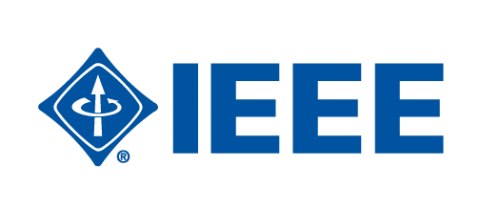INERTIAL 2018 will have tutorials on Monday, March 26
Tutorial registration is separate from symposium registration. Tutorial Fees include access to all tutorials, coffee breaks, breakfast, and lunch on Monday.
FEATURED TUTORIALS
Instructor: Dr. Alessandro Tocchio, ST Microelectronics

"Modeling of offset and offset drift sources in AM/FM inertial sensors"
Abstract: This tutorial will focus on the main contributors affecting MEMS inertial sensors performance in terms of accuracy. This parameter is of paramount importance in order to enable new markets and applications such as augmented and mixed reality, pedestrian or indoor navigation, etc. In particular, starting from the basic working principles of MEMS AM gyroscopes and a MEMS AM accelerometer based on capacitive sensing technique, the main phenomena affecting Zero-rate Level (ZRL) and Zero-G offset (ZGO) accuracy will be introduced. The origins of these phenomena and how they influence both the mechanical and the electrical world will be tackled analytically and the approaches used to simulate them will be described.
Instructor: Professor Kai Bongs, University of Birmingham

"Atom Interferometer Inertial Sensors"
Abstract: This tutorial will provide an introduction to atom interferometry for inertial sensing and for timekeeping. Atom interferometers have been first demonstrated 25 years ago and are now being developed in several places worldwide in to mobile systems with potential for real world applications. They offer precision measurements of rotation and acceleration. A key feature is the potential for operation with negligible drift and very linear scale factor. The tutorial will prvide an overview of current developments and an outlook into future applications in navigation.
Instructor: Professor Michael Braasch, Ohio University

"System-Level Considerations in Inertial Sensor Performance"
Abstract: Most inertial navigation systems operate at three basic task-rates: high-speed, medium-speed and low-speed. High-speed tasks include formation and compensation of the raw delta-Vs and delta-thetas. Medium-speed tasks include attitude determination and velocity update. Low-speed tasks include position update and gravity calculation. Most inertial sensor designers concentrate their efforts in the high-speed task arena. Once the measurements have been formed and compensated, they are sent off to the systems and software engineers. This tutorial provides an overview of those ‘downstream’ tasks and focuses particularly on the long-term impact of sensor errors on inertial navigation system performance. Key error characteristics such as the Schuler, Foucault and Diurnal oscillations will be discussed. Which is more important? Gyro bias or accel bias? The answer is that it depends on the length of the mission! We will go through the details as well as highlight the criticality of additional performance metrics such as scale factor error, noise, data rate and data latency.


